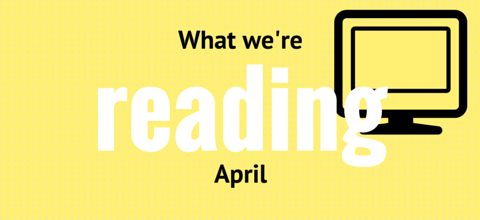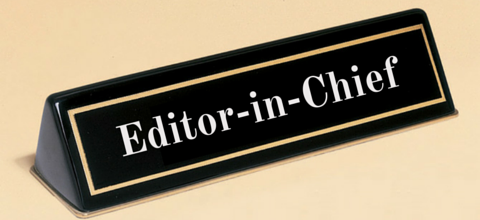Emily Faulkner
He and she: These two short words hold your identity, sense of self, pride and belonging.
Everyone has the right to have their gender identity and sexual orientation respected, especially when it’s being broadcasted to society. Members of the LGBT (Lesbian, Gay, Bisexual and Transgender) community fight to have their pronouns respected everyday. Public relations (PR) practitioners may not be aware of their influence on the community’s struggle. Understanding how to properly address LGBT members is a good place to start.
So, why is it important to understand how to properly use gender pronouns in PR specifically? There are the obvious reasons regarding interaction with LGBT community members on the job. As a PR practitioner, you may have to conduct interviews with people of all genders. It is important to know how to address the person you are interviewing, or how to handle the situation if you don’t know.
GLAAD, a U.S. non-governmental media monitoring organization, is the pioneer of media relations and coverage in the LGBT community. The organization was founded in 1985 by a small group of journalists outraged by the New York Post’s defamatory media coverage of HIV. They called themselves GLAAD, The Gay & Lesbian Alliance Against Defamation, but are now simply called GLAAD to include the LGBT spectrum.
GLAAD created a media guide to address the need for LGBT respect in the media. The guide includes a glossary of terms to avoid that are considered offensive and defamatory. Alternative correct terms are listed with examples for following Associated Press and New York Times style guides. There are sections dedicated to properly referencing specific groups, such as the bisexual and transgender communities. In addition, the guide provides best practices for reporting on current issues LGBT people face including HIV, hate crimes, and religion. It is a great resource that should be in the toolbox of every PR practitioner.
I am not exempt from further educating myself because I am part of the LGBT community. After reading the guide, here are three important tips :
- Do not shorten identities.
In professional writing when referring to a bisexual person or the community, never shorten their identity to bi; always write it in full.
- Be mindful of trans persons’ histories
Using non-gendered language helps to avoid pronoun confusion when reporting on the histories of trans people. For example, instead of “as a girl growing up in Ontario, Troy faced bullying,” write “as a child growing up in Ontario, Troy faced bullying.”
- Use queer with caution
The term can be used if describing someone who self-identifies that way or if it’s being used in a direct quote. Queer was traditionally used to disparage the LGBT community. Over time some members have reappropriated the term as a way to self-identify. That being said, it isn’t completely accepted by the community and should be avoided.
I was surprised by the last one, because I self identify as queer. It was a good reminder that what I am trying to positively represent, is a global community.
To grasp this concept, try putting your PR theory into practice to see the forest through the trees. Whether you are a supporter of uses and gratification theory, or the hypodermic needle, society experiences cultural shifts spurred by the media. Think about the power media has in shifting society’s view of the LGBT community. From defamatory HIV reporting in the 80s to the recent coverage of legalized gay marriage in the U.S., advocates, businesses, and governments alike have used media to portray their stance.
Getting gender pronouns correct in media has a larger significance than being respectful to another’s gender. Public relations practitioners ultimately advocate the values of the organizations you represent. You publicize those values on different media outlets where you know stakeholders will consume it. You have the power to make inclusiveness mainstream in organizational culture, to make informed media reporting mandatory, and to shape the opinions of society at large.
You can find the media guide at: http://www.glaad.org/reference





